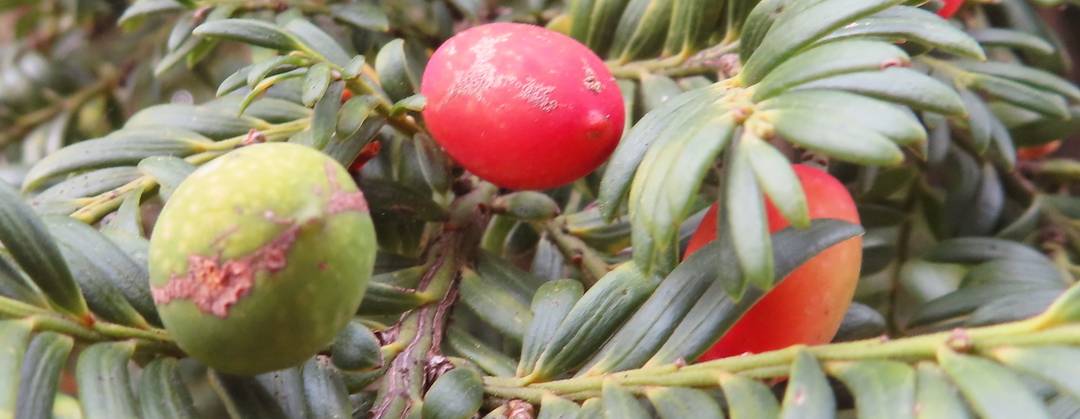Brown pine, toromiro.
Prumnopitys ferruginea Miro

This guide is based on a literature review. It compiles information from various sources. Different sources may offer varying advice and findings.
Variations found with seed viability and the time frame from sowing to germination.
Hard.
Widespread throughout New Zealand. Found in elevations from sea level up to 600 m.(1)
Seeds store well.(2)
Soft to firm semi-hardwood cuttings form roots easily.(2)
Propagation (including vegetative propagation) and seed storage needs further investigation.
Information about the native seed profiles
All species names are in the following order: scientific name, common name, and Māori name. Names may vary by region. We have tried to use the most common names across New Zealand.
We have sourced photos from different websites and creators. We have used the images under different licences. These include Public Domain and Creative Commons licenses. For Prumnopitys ferruginea, the image details are:
-
Photo by (c) Lloyd Esler – some rights reserved (CC BY-NC)
- Original image
The basis for each seed profile is a literature review carried out by Scion. Te Uru Rākau – New Zealand Forest Service commissioned and worked on the review to produce a native seed catalogue. The full seed catalogue is on the Ministry for Primary Industries (MPI) website.
References
Clout, M N; Tilley, J A V (1992) Germination of miro (Prumnopitys ferruginea) seeds after consumption by New Zealand pigeons (Hemiphaga novaeseelandiae). New Zealand Journal of Botany 30(1), 25–28.
Metcalf, L J (1995) The propagation of New Zealand native plants. Godwit; Auckland, New Zealand.
Carpenter, J K; O’Donnell, C F J; Moltchanova, E; Kelly, D (2019) Long seed dispersal distances by an inquisitive flightless rail (Gallirallus australis) are reduced by interaction with humans. Royal Society Open Science 6(8), 190397.
Carpenter, J K; Kelly, D; Clout, M N; Karl, B J; Ladle, J J (2017) Trends in the detection of a large frugivore (Hemiphaga novaeseelandia) and fleshy-fruited seed dispersal over three decades. New Zealand Journal of Ecology 41(1), 41–46.
Olsen, M; Millner, J; Ries, T; Douglas, B (2024) Native afforestation: Review of germination. MPI Te Uru Rākau – New Zealand Forest Service Technical Paper No: 2024/03.
Gosling, P; Ives, L M; Cunningham, V J; Hechenleitner Vega, P; Brownless, P; Thomas, P; Martinez, C (2005) Preliminary advice on fruit handling, seed pretreatment and germination of 58 embryos of Prumnopitys andina. Sibbaldia: The International Journal of Botanic Garden Horticulture (3), 41–50.
McKenzie Pegman, A P; Perry, G L W; Clout, M N (2017) Size-based fruit selection by a keystone avian frugivore and effects of seed viability. New Zealand Journal of Botany 55(2), 118–133.